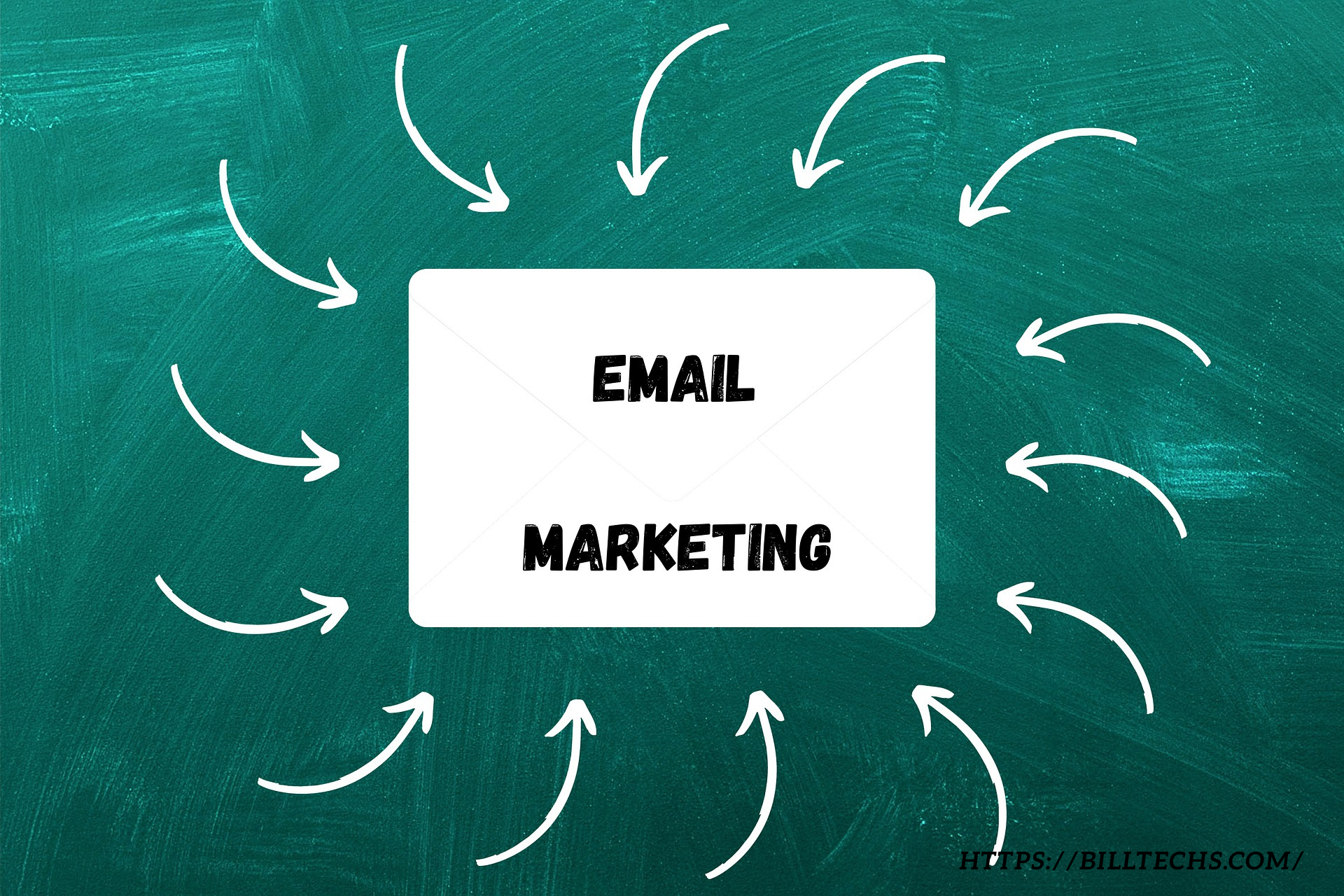Email marketing content often falls in between salesy or dryly informative, yet can also be engaging and conversational. Freshbooks uses their customers’ experience with getting cash for unpaid invoices to create engaging email content that remains memorable and relevant.
Emails may include images to draw in readers and underscore their message.
Newsletters
Newsletters provide businesses and organizations with an effective means to connect with their audiences, share updates and news, promote products or services, drive traffic to websites or events, increase engagement with those interested in them, build trust with existing clients and foster long-term customer loyalty.
An effective marketing newsletter requires having clear goals: whether that be creating brand recognition, increasing leads or customer retention or driving sales growth. Understanding these objectives will allow you to craft relevant content, as well as determine which types of newsletters work best for your business.
Business newsletters tend to focus on promoting their companies themselves. This could include employee spotlights, company news updates and industry insights – ideal for increasing engagement with your readers while building a presence within an industry.
Schwab’s investing insights newsletter uses an effective mix of photos and text, making it simple and uncluttered to read on mobile devices. Furthermore, its gems of wisdom help readers improve their investments, building brand trust while making Schwab seem credible and credible.
Special Event Announcements
An event announcement is an effective way to market your business and build excitement about an upcoming event. A good announcement should include key details like date, time and venue information as well as registration information as well as clear call-to-actions such as “register now” or “limited seats available.” Additionally, visual elements like slides or videos can make announcements more engaging and memorable – sharing this news via email, social media and your website is encouraged, while personalizing is welcome as this creates an immediate sense of urgency and encourages attendees to act quickly!
Be mindful of your audience’s schedule when sending event announcements; try not to do this during extremely busy periods such as January or September.
Welcome Emails
Welcome emails are automatically sent when someone signs up to your email list, providing the perfect opportunity to promote your business, share company highlights and offer discounts on products or services. Additionally, welcome emails provide a great opportunity to personalize messages while automating them for increased effectiveness.
Welcome emails should provide new subscribers with an introduction to your brand and value proposition, including its benefits and features. One great way of doing this is sharing an engaging narrative about it as well as thanking them for subscribing. You should also link out to social media accounts so subscribers can connect with you online.
If you have enough data, you can also personalize your email message by greeting the subscriber by name – creating a more genuine relationship that builds trust and increases loyalty with subscribers.
Making sure your welcome emails are effective means regularly gathering feedback from subscribers. This will allow you to learn their needs and expectations, and adjust messaging accordingly. For instance, if a type of content doesn’t resonate well, try testing different versions before changing it entirely. Also use tools like an email signature generator so your signature includes both welcome messages as well as links back to social media profiles – this way they won’t miss a message!
